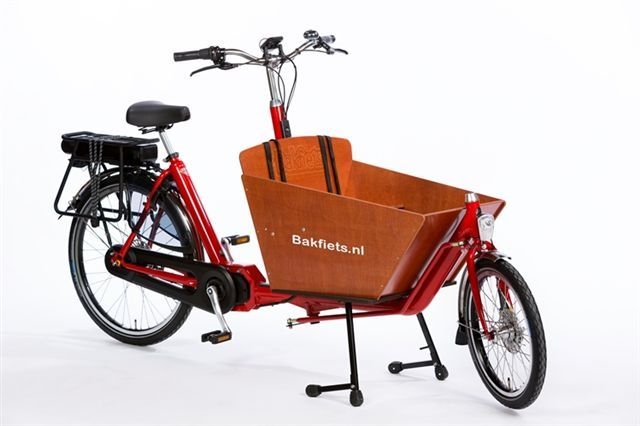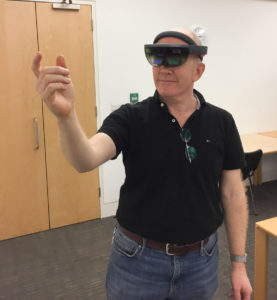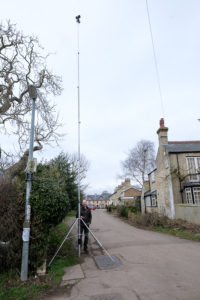This afternoon, having an old show tune running though my head, I turned to my new Amazon Echo.
“”Alexa, play Some Enchanted Evening.””
Short pause while it explores Spotify. Flashing lights. Music about to start…
“”Some Enchanted Evening by Bob Dylan.””
Really?!! Bob Dylan?!! I was somewhat stunned. Partly because my image of the rebellious Dylan seemed about as far from ‘Some Enchanted Evening’ as I could imagine. And partly because there are many famous recordings of this song — by great singers from Frank Sinatra to José Carreras to Bing Crosby to Perry Como to Ray Charles to Barbra Streisand to The Temptations to Willie Nelson to Harry Connick Jr. (to name a few), a significant number of which have been Top-10 hits, but I had no idea Bob Dylan had recorded it.
Well, it turns out that ignorance was bliss.
I’m an admirer of Bob Dylan, but in general I think the music world would have benefitted if somebody had persuaded him, early on, that he should stick to writing his own songs, and get somebody else to actually sing them. I grant that others may disagree.
For him to sing other people’s songs, though, is an undeniable mistake, especially when it comes to the works of Rodgers and Hammerstein. I can imagine worse sounds that could emanate from my speakers, but they would probably have to involve Billy Bragg. If you doubt me, say “”Alexa, play Some Enchanted Evening“”, perhaps as a cruel joke when visiting the house of a Spotify subscriber.
More seriously, I can’t help wondering what the algorithm is behind the scenes that picks this version first, and can only be overridden by tacking something like ‘by José Carreras’ onto the end of your command. Is it because it’s the most recent? Because all those recordings that spent weeks in the upper reaches of the charts don’t appeal to Spotify’s target audience? Or – a more worrying thought – perhaps it’s selected personally for me! I guess I do have more Dylan in my collection than, say, Paul Robeson or Ray Charles. In which case, maybe it’s my own fault…
 The Amazon Echo devices have a microphone-muting button on top of them.
The Amazon Echo devices have a microphone-muting button on top of them.





Recent Comments